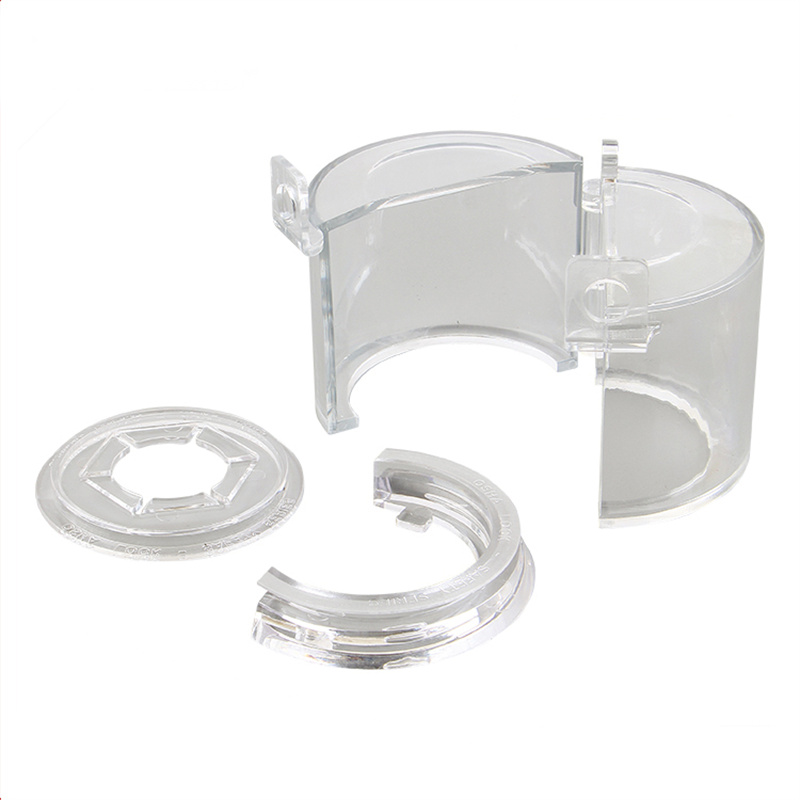A mainstay on OSHA’s Top 10 list of most cited violations is the standard on lockout/tagout (1910.147).
Simply put, “lockout/tagout is a safety procedure used to make sure equipment and machines are properly shut off and not able to start during maintenance or repair work,” the Texas Department of Insurance says. “This is known as controlling hazardous energy.” Loto Safety

Help prevent the unexpected release of stored energy with these six steps from TDI:
Safety+Health welcomes comments that promote respectful dialogue. Please stay on topic. Comments that contain personal attacks, profanity or abusive language – or those aggressively promoting products or services – will be removed. We reserve the right to determine which comments violate our comment policy. (Anonymous comments are welcome; merely skip the “name” field in the comment box. An email address is required but will not be included with your comment.)
Take a quiz about this issue of the magazine and earn recertification points from the Board of Certified Safety Professionals.
Read what other people are saying and post your own comment.
Understanding ANSI Z359.14-2021: Updated Self-Retracting Devices Standard
Free White Paper: OSHA’s Top 10 Violations
OSHA Safety Training Basics: What You Need to Know
See What’s on the Mind of Safety Professionals
3 Ways Video AI is Reducing Injuries and Improving Workplace Safety
Protective Equipment on Construction Jobsites
Safety+Health magazine, published by the National Safety Council, offers comprehensive national coverage of occupational safety news and analysis of industry trends to more than 91,000 subscribers.

20 padlock lockout station Save lives, from the workplace to anyplace. The National Safety Council is America’s leading nonprofit safety advocate. We focus on eliminating the leading causes of preventable injuries and deaths.